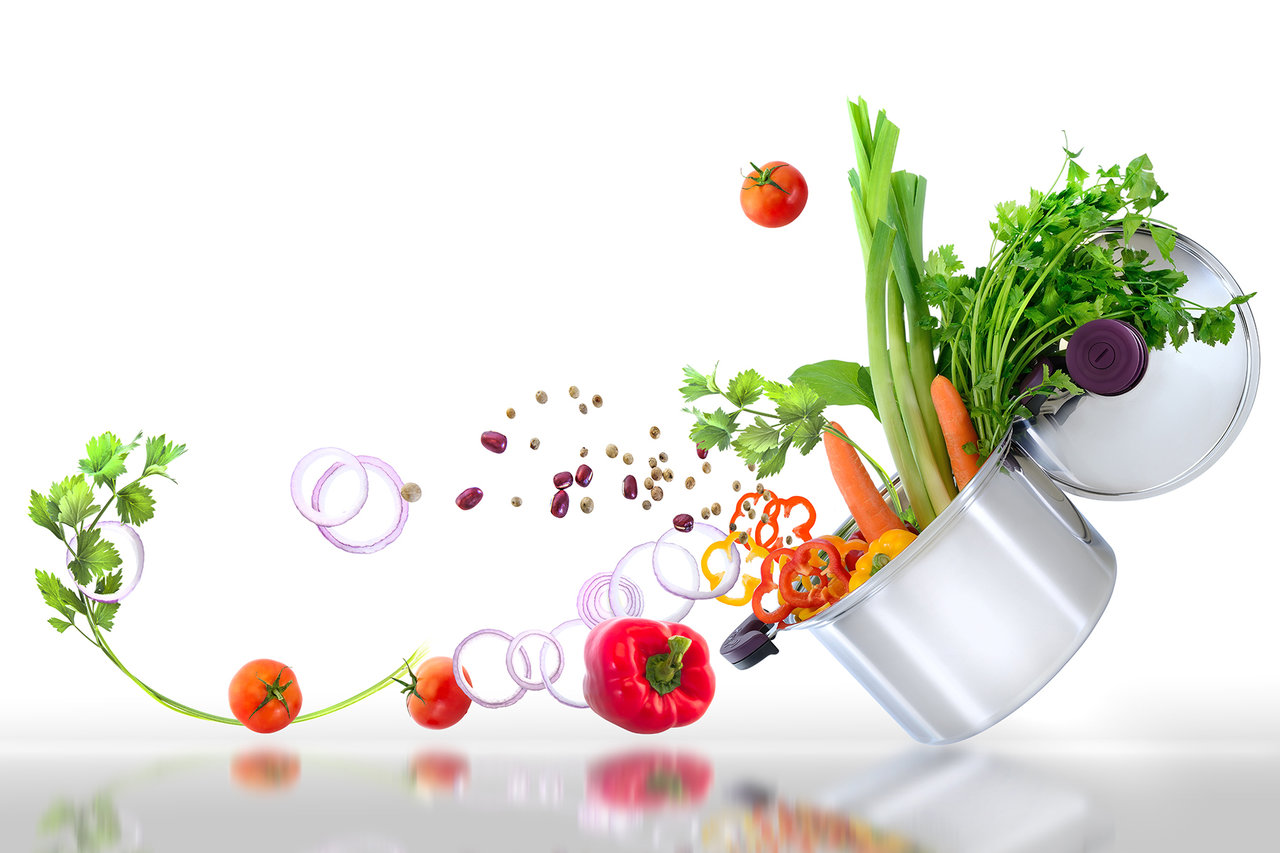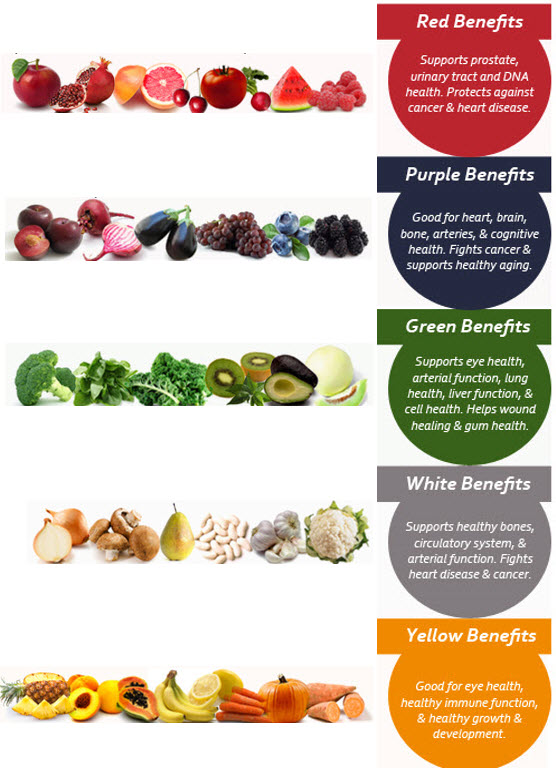
We eat every day, several times a day. But in our fast paced culture, more often than not we are eating on the run, grabbing a toaster pastry and a cup of coffee to gulp down in the car on the way to work. We grab fast food for lunch, or we multi-task our meals by sitting at our desk and eat while working. Then, because we are so wiped out from our fast-paced day, we look for the quickest way to get dinner on the table, often resorting to microwavable dinners or instant meals from a box. In the incredible pace of our lives, we have lost the connection between what we eat and how we feel, and we have forgotten what it means to truly nourish ourselves.
Eating is more than physical nourishment. How, when, why and where we eat are just as important to our daily health as what we eat. In an effort to educate and empower Americans to slow down, smell the coffee, and enjoy the experience of nourishing ourselves on many levels, the American Academy of Nutrition and Dietetics has established National Nutrition Month®—a month long education campaign held annually during March—aimed at educating and empowering Americans into healthier lifestyles.
The theme for 2016 is “Savor the Flavor of Eating Right,” which encourages everyone to take the time to enjoy food traditions and appreciate the pleasures, great flavors and social experiences food can add to our lives.
Everyone has a different idea of what it means to “eat right,” but most agree that eating right encompasses opting for foods that nourish our senses as well as our bodies. Plant foods contain many beneficial compounds that give them their organoleptic properties—the aspects of food that we experience with our senses, such as taste, sight, smell and touch. These compounds are also responsible for the many health benefits contained in our foods.
 Garlic, for instance, is affectionately known as “the stinking rose” owing to its distinct pungent aroma. The compounds responsible for garlic’s characteristically pungent odor, alliin and allicin, are also the source of many of its health promoting properties, including anti-inflammatory, antibacterial, antiviral, anti-cancer and cardiovascular benefits. You can increase the health benefits you recieve from garlic by “savoring” it before eating or cooking. Letting garlic sit after you’ve chopped or crushed it allows special enzymes in the garlic to activate the alliin and allicin, giving garlic an opportunity to work on behalf of your health.
Garlic, for instance, is affectionately known as “the stinking rose” owing to its distinct pungent aroma. The compounds responsible for garlic’s characteristically pungent odor, alliin and allicin, are also the source of many of its health promoting properties, including anti-inflammatory, antibacterial, antiviral, anti-cancer and cardiovascular benefits. You can increase the health benefits you recieve from garlic by “savoring” it before eating or cooking. Letting garlic sit after you’ve chopped or crushed it allows special enzymes in the garlic to activate the alliin and allicin, giving garlic an opportunity to work on behalf of your health.
The bitter tastes in foods are always an indication of high antioxidant content, which is why most leafy greens and cruciferous vegetables such as Brussels sprouts, cabbage and kale have a bitter taste. Teas, coffee, grapefruit and cacao are bitter in their natural form, and we can offset and savor their flavors by pairing them with natural sweeteners.
We can “Savor the Flavor of Eating Right” in many other ways as well, by taking the time to enjoy everything that a healthful and tasty meal brings with it. With that in mind, here are some ways to make the most of yoru eating experience:
Savor the Flavor of Health: Eating more fruits and veggies can ward off chronic diseases including heart disease, cancer and diabetes. But it’s not just about eating more plant foods, it about making sure you get enough variety and color in your produce choices. The colors in plant food represent certain phytonutrients (beneficial compounds including antioxidants, that give these foods their disease fighting properties). Each vibrant color group of fruits and vegetables offer unique health benefits that the other colors don’t have, so it’s important to make sure you include all of them in your meals.
You can savor the flavor of health by eating 5-13 servings of vibrantly colored fruits and vegetables each day, which is about 2.5 to 6.5 cups a day, depending on your gender, age and activity level. To get the most benefit, make green leafy vegetables a daily staple food, while varying the other four color groups several times a week.

Savor the Flavor of Mindful Eating: Mindful eating is an ancient practice that is as relevant and important today as it was generations ago. It is a conscious approach to eating that is the complete opposite of “blindful” eating—the type of eating that unfortunately most people engage in on a daily basis. Eating on the run, eating while working or watching TV, eating when not hungry, eating foods that you know are not in your best interest, eating for emotional reasons, entertainment, and distraction from stress are all forms of “blindful” eating.
Mindful eating is more than eating slowly without distraction. it means paying attention to what and when you eat, and learning to make choices based on actual true hunger. It is a responsible manner of eating that allows you to be present so you can notice and enjoy your food and its effects on your body. Mindful eating also means learning to value the quality of your food and learning to value yourself—a more important factor in improving your health than anything else.
Savor the Flavor of Famiy and Community: Research shows that eating as a family or with groups of friends and loved ones has great benefits for your children as well as adults. Conversations during meals provide opportunities for families and friends to bond, plan, connect and learn from one another. It’s a chance to share information and news of the day, as well as give extra attention to children and teens. Family meals foster warmth, security and love, as well as feelings of belonging—all important aspects of overall health. it can be unifying experience for all.
Celebrate National Nutrition Month® this March by slowing down and taking time to be present when eating. By doing so, you will appreciate the health benefits and positive emotions that accompany mealtime. These are all important steps in developing a healthy, sustainable lifestyle.


